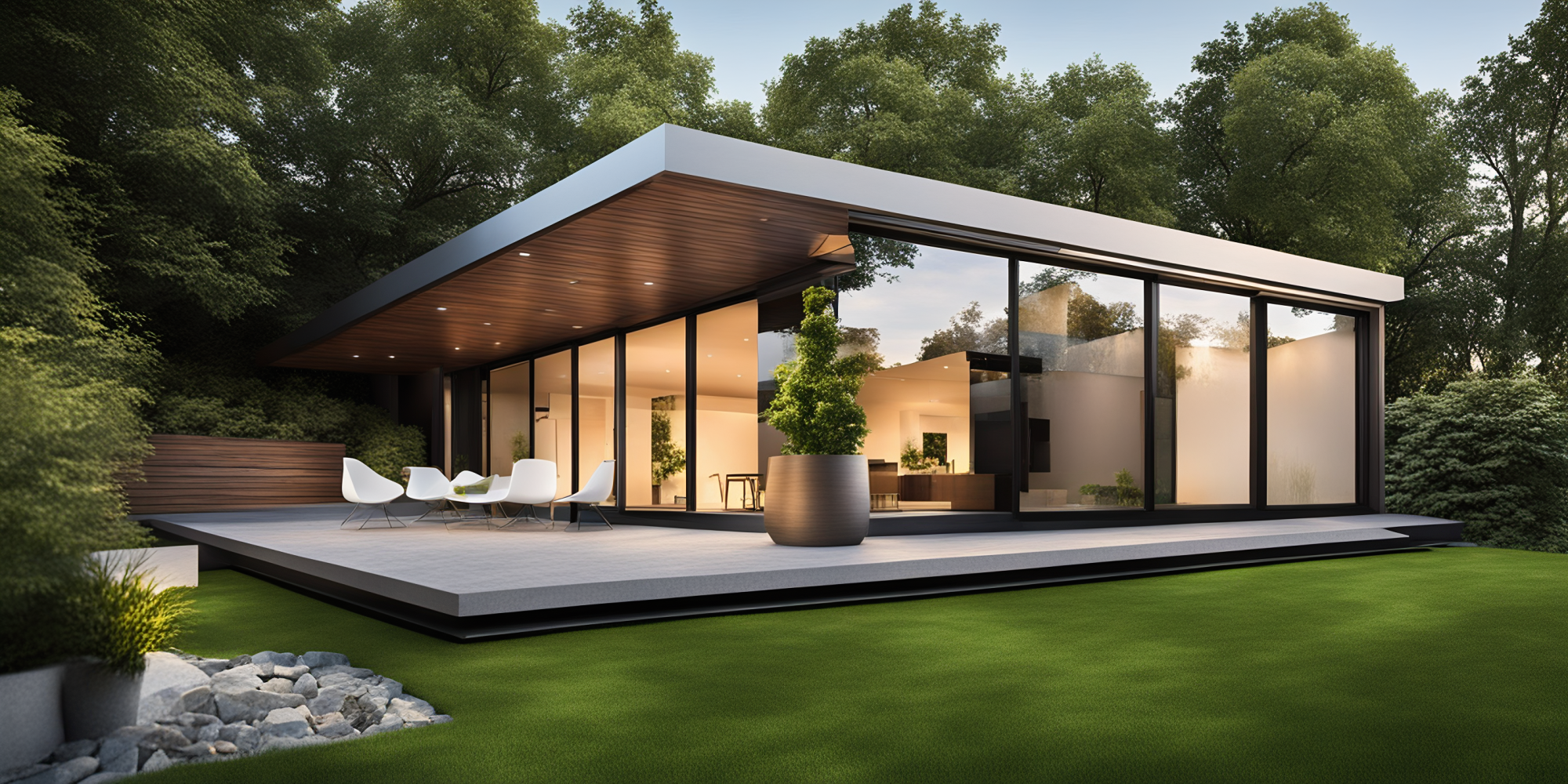The Future of House Design is AI: Here’s Why
The Future of House Design is AI: Here’s Why
Blog Article
The world of architecture and interior design has undergone significant transformation with the advent of artificial intelligence (AI). This cutting-edge technology is reshaping the way we design and build homes. Ai house design brings a level of efficiency, creativity, and personalization that was previously unimaginable. As AI continues to evolve, it provides new possibilities for homeowners, architects, and builders alike.
What is AI in House Design?

Artificial intelligence (AI) in house design refers to the use of machine learning, algorithms, and smart tools to assist in creating and optimizing home layouts, aesthetics, and functionality. AI can analyze various factors such as environmental conditions, personal preferences, budget constraints, and energy efficiency to propose design solutions tailored specifically to the homeowner’s needs. This technology can be used throughout the entire design process, from concept to final blueprint, ensuring that the end result is both practical and innovative.
The Benefits of AI in House Design
AI-powered house design offers numerous advantages that help make the design and building process more efficient and effective. Here are some of the key benefits:
1. Customization and Personalization
AI technology can analyze individual preferences and create personalized home designs that suit your lifestyle. From choosing the layout of rooms to selecting materials, AI can help create a space that reflects your style and preferences. Whether you prefer an open-plan design or traditional rooms, AI can generate multiple design options based on your unique requirements.
2. Cost and Time Efficiency
AI tools allow for more precise planning and budgeting. These tools can analyze material costs, labor expenses, and energy requirements to help designers come up with cost-effective solutions that do not compromise quality. Additionally, AI can streamline the design process, reducing the time required to finalize a house plan. Faster decision-making and fewer design revisions lead to quicker project timelines and lower costs.
3. Sustainability
Sustainability is an increasing priority in modern architecture. AI can contribute significantly to designing eco-friendly homes. By considering factors such as energy consumption, natural light, and local climate conditions, AI can suggest materials and layouts that minimize a home’s carbon footprint. AI-driven tools can also optimize energy usage by suggesting the most efficient placement of windows, insulation, and heating systems.
4. Increased Accuracy
AI can significantly reduce human errors in the design process. With its ability to calculate measurements, scale, and space utilization with high precision, AI ensures that designs are not only aesthetically pleasing but also functional. AI can also identify potential structural issues before construction begins, helping prevent costly mistakes down the road.
5. Virtual Reality Integration
One of the most exciting applications of AI in house design is its integration with virtual reality (VR). With VR technology, homeowners can take a virtual tour of their future homes long before construction starts. AI can help generate realistic 3D renderings that allow individuals to explore different design options and make real-time adjustments to the layout. This provides a tangible sense of how a home will feel and function, leading to better design decisions.
How AI Enhances the Design Process
AI enhances various stages of the house design process, from conceptualization to construction. Here’s a breakdown of how AI plays a role at different stages:
1. Initial Planning
At the outset of a design project, AI can assist architects in understanding the space, local zoning laws, and environmental factors. It can generate design ideas based on the homeowner’s needs, preferences, and budget. AI can also analyze historical data to suggest the best materials and layout configurations for specific geographical areas.
2. Design Simulation
Once the initial ideas are established, AI can create simulations of how the design will look and function. This includes experimenting with room layouts, light sources, ventilation, and more. Homeowners can receive real-time feedback on how changes in design impact functionality, comfort, and energy efficiency.
3. Collaboration and Feedback
AI enables more effective collaboration between homeowners, architects, and contractors. With shared digital platforms, AI tools can allow for instant feedback, suggestions, and changes during the design phase. This streamlines communication and minimizes the back-and-forth typically involved in traditional design processes.
4. Post-Construction
Even after construction is completed, AI can continue to enhance a home’s functionality. Smart home systems powered by AI can manage heating, cooling, and lighting, creating a more comfortable and energy-efficient living environment. AI can also monitor systems such as security and maintenance, ensuring that any issues are detected early on and resolved quickly.
Conclusion
AI house design is revolutionizing the way we approach home building and renovation. By offering customization, efficiency, sustainability, and accuracy, AI is setting the stage for smarter, more innovative homes in the future. Whether you’re building a new home or renovating an existing one, AI-driven design tools provide an unmatched level of support, ensuring that your home meets your needs while contributing to a more sustainable world. As this technology continues to advance, the possibilities for AI in architecture and home design are bound to expand, offering even more exciting opportunities for homeowners and designers alike. Report this page